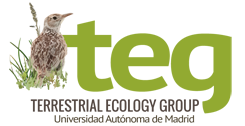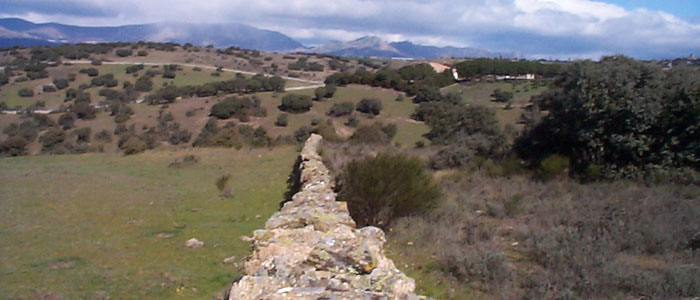CGL2011-24871.
MICINN, 2012-2014.
Extensive livestock grazing is an ecologically important type of land use, since it facilitates the maintenance of levels of herbivory that are conducive to highly diverse systems that can respond to changes and disturbances. In recent decades, the economic importance of extensive grazing and the land area it uses has declined. Changes are occurring in two directions: farming systems are either intensified or abandoned, resulting in communities with low levels of herbivory. This worldwide process is particularly applicable in Mediterranean countries, including Spain.
This project aimed to improve our understanding of the implications of theses land-use changes for the biodiversity and dynamics of Mediterranean ecosystems. To this end, we proposed a multi-scale approach, combining the study of processes that operate at detailed scales (in regeneration niches), intermediate scales (grazing gradients) and regional or even Peninsular scales (flows of propagules and organisms associated with transhumance and transterminance movements). The project also addressed different hierarchical levels, including genotypes, populations and communities, the latter using the functional traits of plants to model herbivore-vegetation relationships.
The project’s objectives were grouped into three blocks.
- The first objective was to discover the response by communities in terms of biodiversity and resilience to grazing intensity gradients. These gradients also allowed a number of experimental results from previous projects to be tested.
- The second part focused on the regeneration niche, testing various hypotheses from an experimental approach, concentrating on the role of dispersal and regeneration from seeds to predict the response of grasslands to global changes (of use and climate, particularly changes in water availability).
- Finally, given that one of the consequences of these land-use changes has been the abandonment of traditional farming practices such as transhumance, this project included a third set of objectives focused on the consequences of this process at the regional scale in terms of community richness and diversity (using plants and insects as model organisms), long-distance species dispersal, and also intraspecific gene flows.


